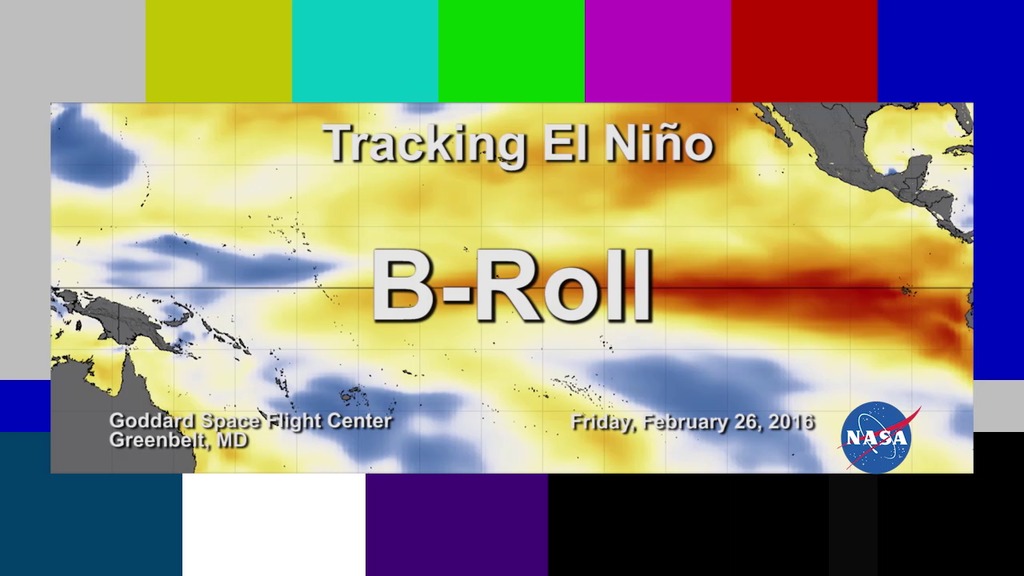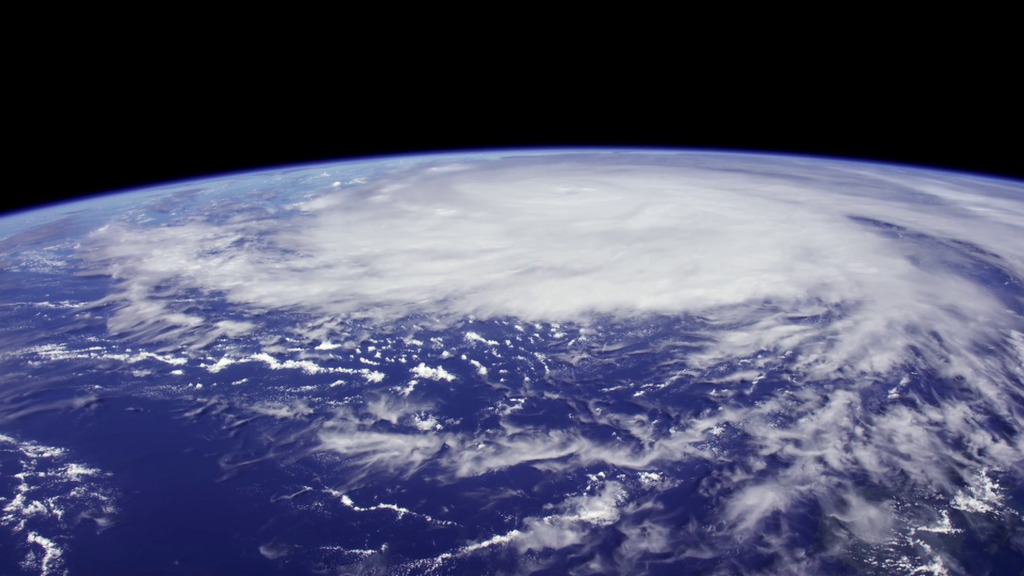Observing El Niño

Explore how NASA will see this year’s El Niño from the vantage of space.
People the world over are feeling, or soon will feel, the effects of the strongest El Niño event since 1997-98, currently unfolding in the eastern equatorial Pacific Ocean. An El Niño, which is a reoccurring natural phenomenon, happens when sea surface temperatures in the equatorial Pacific Ocean warm up. The increased ocean surface temperatures influence air and moisture movement around the globe. The changes have broad effects, altering everything from rainfall patterns to the frequency and intensity of wildfires. Approximately 15 years of observations by NASA's fleet of Earth-observing satellites show how El Niños affect multiple interconnected Earth systems. New data and images collected from space in the coming months will help scientists examine the impacts of this year's El Niño and continue to explore how our planet and lives will be affected by El Niño events in the future. Watch the video to learn more.
El Niño affects every continent on Earth. Discover some of its key impacts in this video.

El Niño often spurs a change in rainfall patterns that can lead to major flooding, landslides and droughts across the globe.

El Niño also influences the formation of tropical storms. El Niño years are associated with fewer storms in the Atlantic but more in the Pacific.

During El Niño, the number of fires increases in the tropics, especially under drought conditions in areas accustomed to wet weather.
For More Information
See NASA.gov
Credits
Please give credit for this item to:
NASA's Goddard Space Flight Center
Cover image courtesy of NOAA
-
Writers
- None None (NASA Viz Team)
- Ellen T. Gray (ADNET Systems, Inc.)
- Kasha Patel (Wyle Information Systems)
-
Producers
- Kayvon Sharghi (USRA)
- Sophia Roberts (USRA)
-
Video editor
- Sophia Roberts (USRA)
-
Narration
- Kayvon Sharghi (USRA)
-
Narrator
- Sophia Roberts (USRA)
-
Videographers
- Rob Andreoli (Advocates in Manpower Management, Inc.)
- John Caldwell (Advocates in Manpower Management, Inc.)
-
Interviewees
- Doug C. Morton (NASA/GSFC)
- Mark Olsen (Morgan State University)
Release date
This page was originally published on Tuesday, January 5, 2016.
This page was last updated on Wednesday, May 3, 2023 at 1:48 PM EDT.

